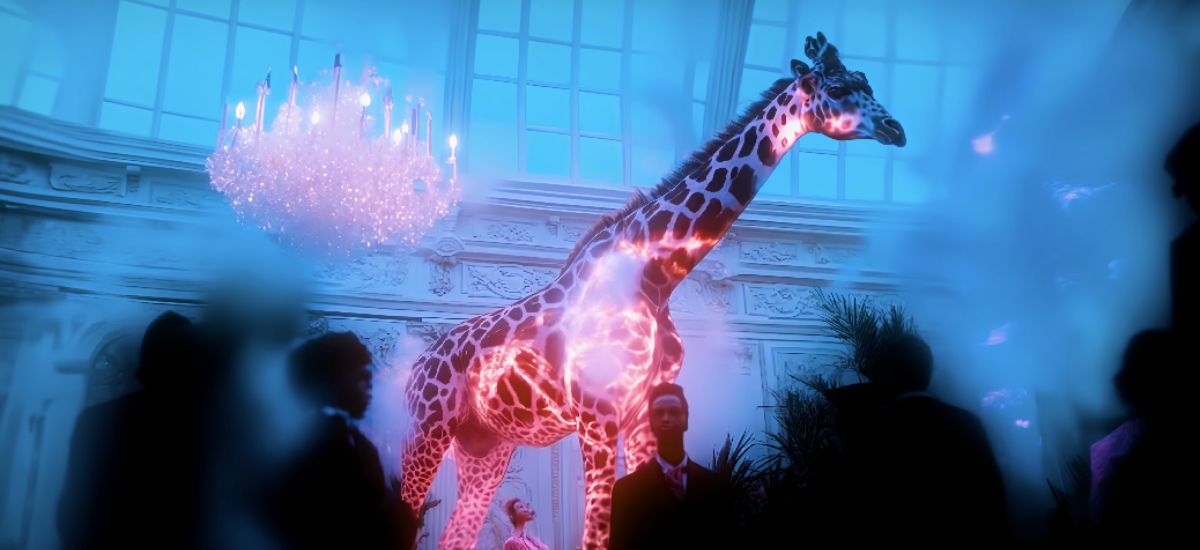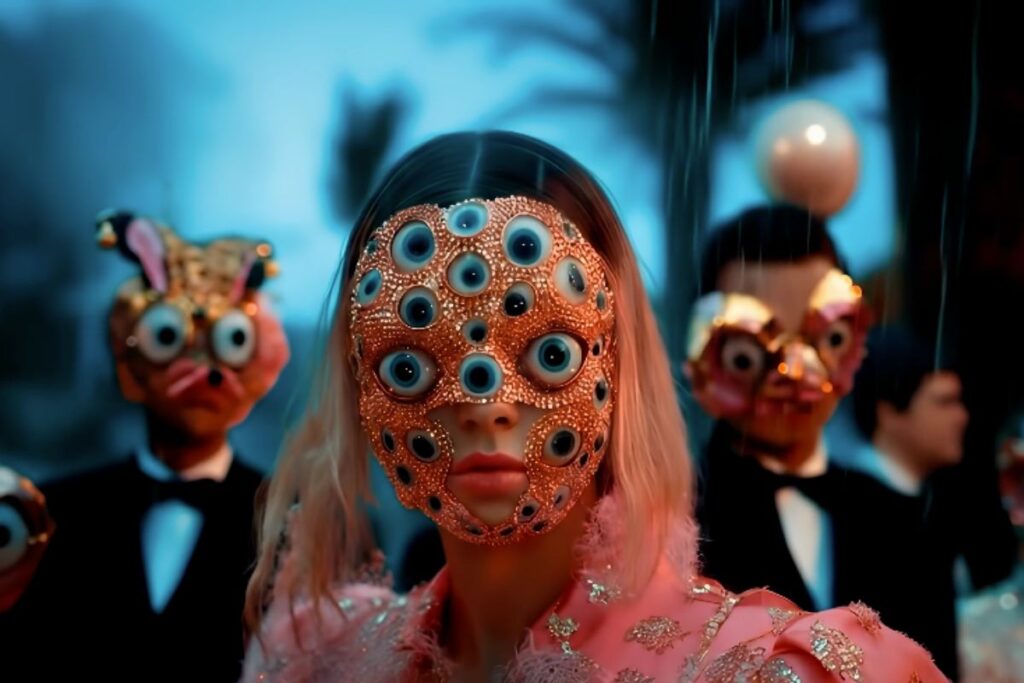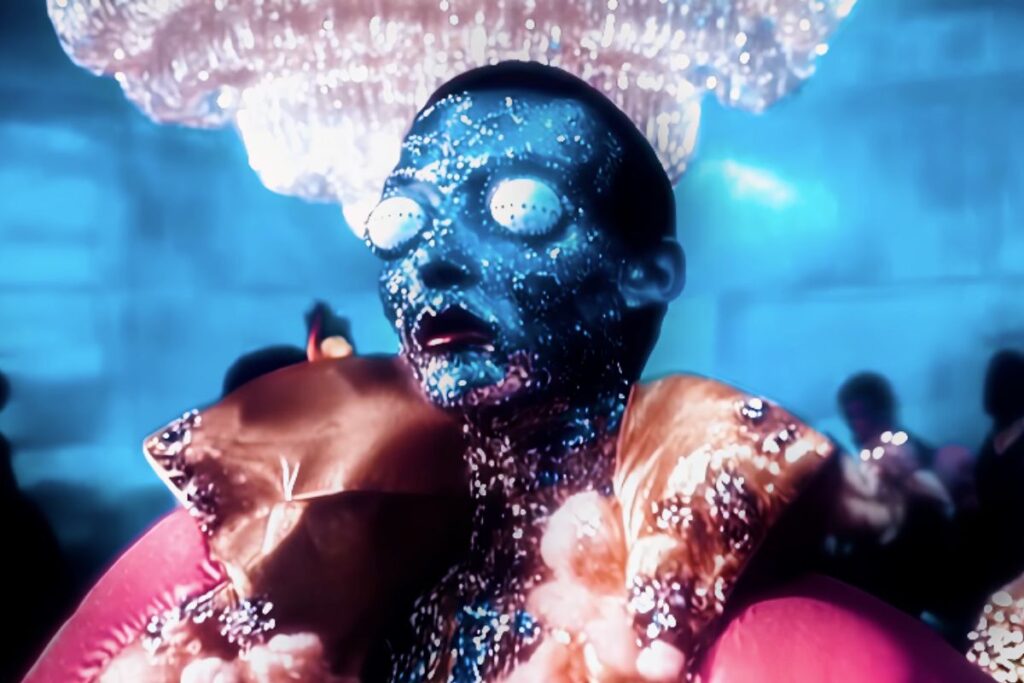They’ve done it. The Dali Museum and Google VEO just cracked open time and stitched together a dream Salvador Dali once drafted but never realized. A once-lost screenplay—written by the master of surrealism himself—has been brought back to life, pixel by pixel, frame by generative frame.
The project doesn’t just resurrect words on a page. It reimagines Dali’s phantasmagoric storytelling with a visual language only today’s AI could generate. Not polished or nostalgic—something wilder. Something truly Dali.




